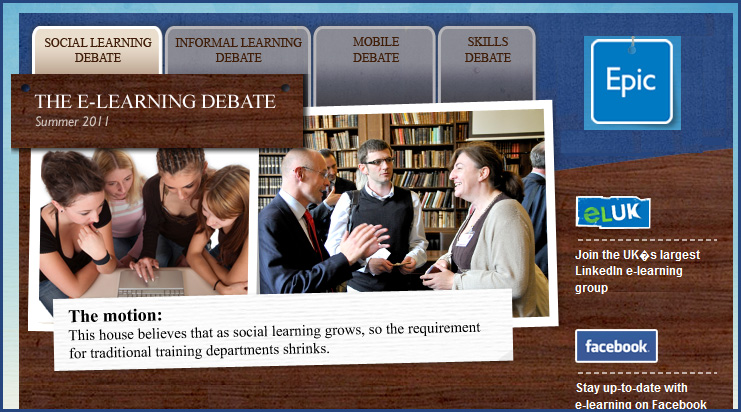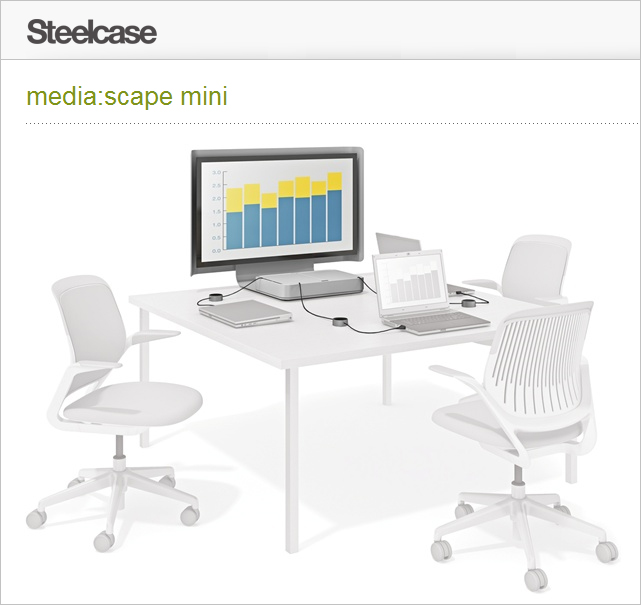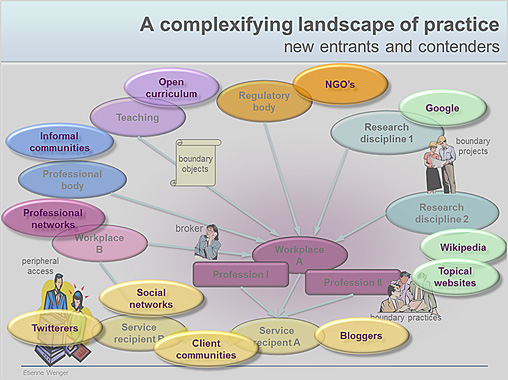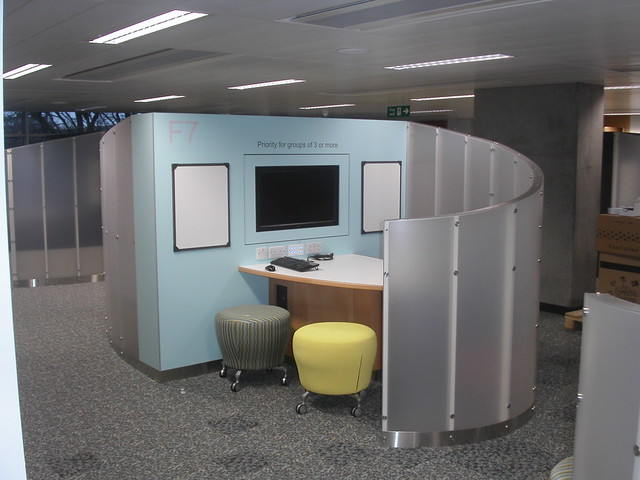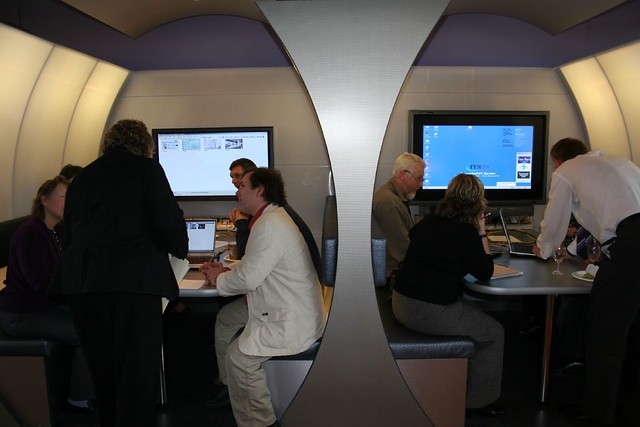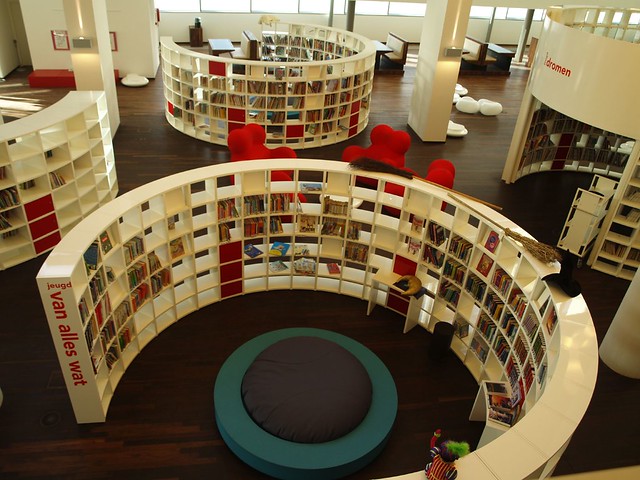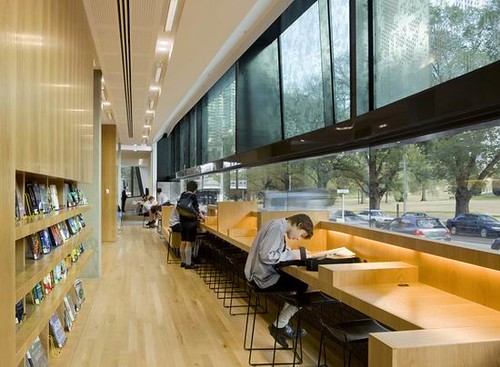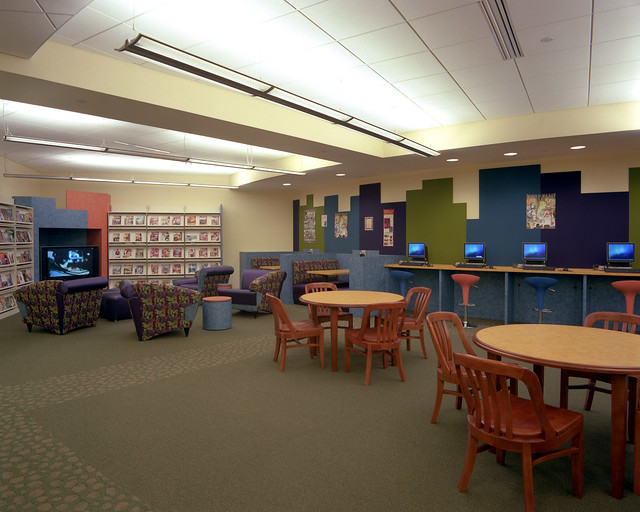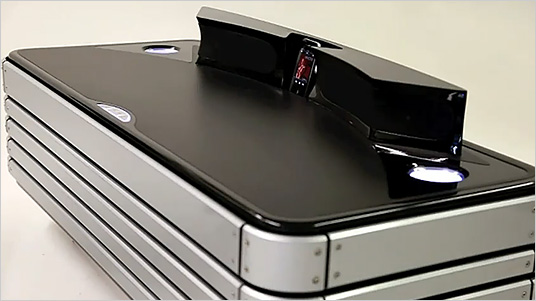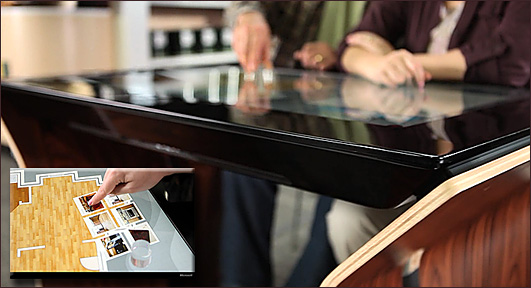Connected TV Summit: TV apps and second screen strategies — from tvgenious.net by Emma Wells
Excerpts (emphasis by DSC — especially as it relates to education & learning-based apps):
Connected TV has been around for a while, and 2010 has seen connected devices, especially smartphones, go mainstream. One of the key highlights of today’s Summit was the fact that the second screen is becoming an important part of the TV environment.
New consumer behaviour patterns and the rapid pace of technology have given birth to TV everywhere strategies, companion apps, TV apps, and VoD adoption.
…
The TV App Experience
At the event, it was hypothesised that “consumers are starting to redefine what they see as television”. This is good news for TV app developers, as they seek to mould a new, modern, TV experience.
TV apps are seen as an ideal way to hand control over to the viewers. Additionally, TV apps can be used as the gateway to personalised viewing, and social media-integrated content. According to BT’s Andy Heselwood, the connected TV winner will be “the company who makes the shared TV experience personal”. How to do this effectively without cluttering the TV screen and ruining the “lean back” experience still remains to be seen.
…
The main benefit of TV apps is that they are lightfooted and require substantially less effort to update than the set top box (STB) or TV. This means that lifecycles can be accelerated, and there is more room for experimentation and development. During the summit, Siemens even went so far as to say that TV apps on connected TVs can “throw the set top box out of your operations plan”. If true, this prediction could spell trouble for STB manufacturers.










